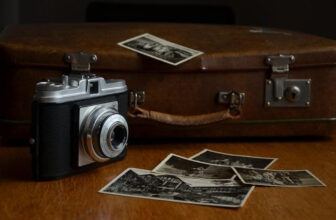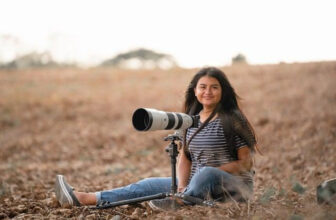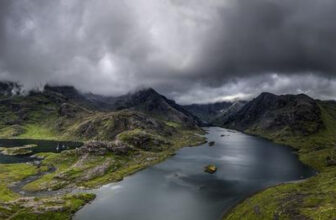Mastering the Art of Capturing Landscapes: Photography Tips
GoogleAds
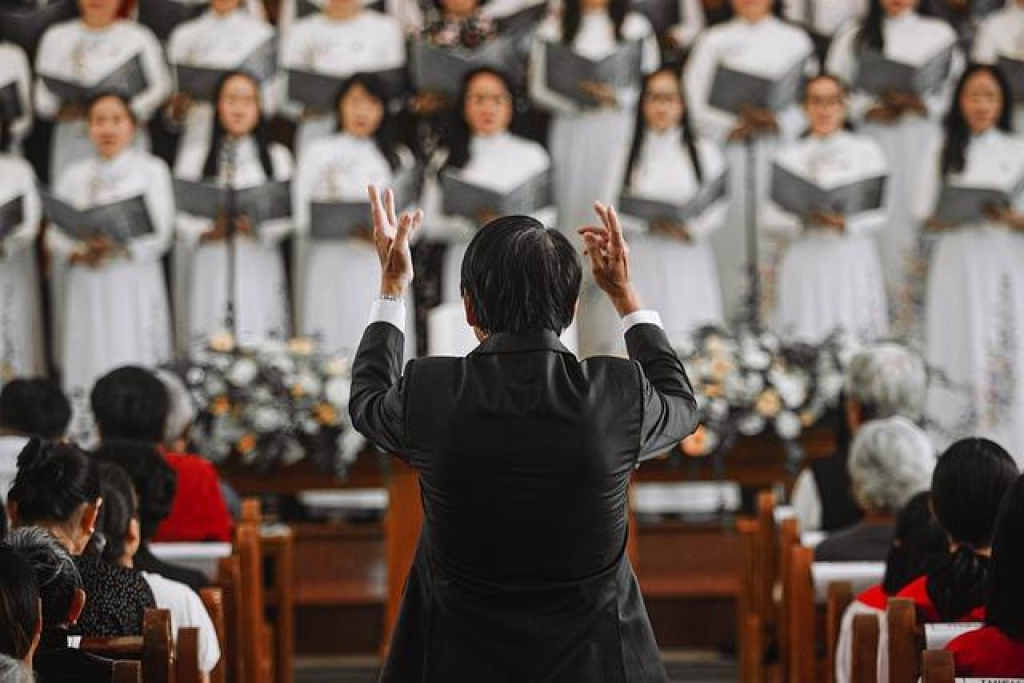
In the world of photography, capturing the beauty of landscapes requires a keen eye and a mastery of technique. From majestic mountains to serene seascapes, mastering the art of landscape photography can be a rewarding journey for both amateurs and professionals alike. In this article, we will explore some essential tips and techniques to help you elevate your landscape photography skills and capture stunning images that truly capture the essence of the world around us.
Developing a keen eye for composition
When it comes to capturing breathtaking landscapes through photography, is essential. Composition is the arrangement of elements within a frame that work together to create a visually appealing image. Mastering composition can take your landscape photography to the next level, creating impactful and captivating photos.
One key element of composition in landscape photography is the rule of thirds. By dividing your frame into a grid of nine equal sections using two horizontal and two vertical lines, you can place key elements of your landscape along these lines or at their intersections. This technique helps create balance and visual interest in your photos.
Leading lines are another important aspect of composition in landscape photography. These are lines within the image that draw the viewer’s eye into the scene, leading them towards the main focal point. Whether it’s a winding road, a meandering stream, or a row of trees, leading lines can create a sense of depth and guide the viewer’s gaze through the image.
Understanding perspective is also crucial in landscape photography composition. By changing your vantage point or using different lenses, you can alter the way elements in the scene relate to one another. Experiment with shooting from low angles, high angles, or different distances to create unique perspectives and add depth to your photos.
Lastly, don’t forget about the importance of light in composition. The quality, direction, and intensity of light can dramatically impact the mood and atmosphere of your landscape photos. Pay attention to the way light interacts with the elements in your scene, and use it to your advantage to create stunning compositions that evoke emotion and tell a story.
Understanding the importance of lighting in landscape photography
When it comes to capturing stunning landscapes through photography, one of the most crucial elements to consider is lighting. The way light interacts with a landscape can drastically affect the mood, composition, and overall quality of your photos. Mastering the art of utilizing lighting in landscape photography can take your images to the next level.
Types of Lighting:
- Golden Hour: The golden hour, which occurs during sunrise and sunset, is known for its warm and soft lighting that can create a magical atmosphere in your photos.
- Harsh Light: Midday sun can produce harsh shadows and high contrast, which can be challenging to work with but can also create dramatic effects.
- Blue Hour: The blue hour, which happens before sunrise and after sunset, can offer a cool, calming light that adds a unique touch to your landscapes.
Understanding how to work with different types of lighting can help you make the most of any shooting conditions. Experimenting with various lighting scenarios can give you a better understanding of how light can enhance or detract from your landscape compositions.
Tips for Utilizing Lighting in Landscape Photography:
- Pay attention to the direction of light and how it interacts with your subject.
- Use backlighting to create silhouettes and add depth to your photos.
- Adjust your shooting angle to take advantage of the best lighting conditions.
| Lighting Tip | Description |
|---|---|
| Avoid Harsh Shadows | Position yourself or your subject to minimize harsh shadows in your photos. |
| Embrace Soft Light | Soft, diffused light can create a gentle and flattering effect on your landscapes. |
By mastering the art of utilizing lighting in landscape photography, you can elevate your images and evoke emotions in your viewers. Experiment with different lighting techniques, and don’t be afraid to get creative with how you use light to capture the beauty of the natural world.

Choosing the right equipment for capturing landscapes
When it comes to capturing stunning landscapes, having the right equipment is essential. Here are some tips to help you choose the best gear for your landscape photography adventures:
1. Camera Body: Opt for a DSLR or mirrorless camera with a high resolution sensor to capture every detail of the landscape. Look for a camera that allows for manual control over settings such as aperture, shutter speed, and ISO.
2. Lenses: Invest in a wide-angle lens to capture the vast expanse of the landscape. A good quality lens will ensure sharpness and clarity in your photos. Consider a prime lens for superior image quality.
3. Tripod: A sturdy tripod is essential for landscape photography, especially in low light conditions. Look for a lightweight and compact option that is easy to carry on hikes to remote locations.
| Lens | Aperture |
|---|---|
| Wide-angle | f/2.8 |
| Prime | f/1.4 |
4. Filters: Consider investing in a polarizing filter to reduce glare and enhance color saturation in your landscape photos. Neutral density filters can also help you achieve long exposure effects.
5. Backpack: A comfortable and durable backpack is crucial for carrying your camera gear on outdoor expeditions. Look for a backpack with adjustable compartments to safely store your equipment.
Exploring different techniques for long exposure shots
Long exposure shots are a powerful tool in a photographer’s repertoire, allowing for stunning images that capture movement and light like no other technique. Whether you’re shooting cityscapes at night or silky smooth waterfalls, mastering long exposure can take your landscape photography to the next level.
One key technique for successful long exposure shots is the use of a tripod. A stable base is essential to prevent camera shake during the longer exposure times, resulting in blur-free images. Invest in a sturdy tripod that can withstand windy conditions and uneven terrain, ensuring your shots are sharp and focused.
Another important factor to consider is the use of neutral density filters. These filters reduce the amount of light entering the lens, allowing for longer exposure times without overexposing the image. Experiment with different strengths of ND filters to achieve the desired effect, whether it’s capturing the movement of clouds in the sky or the flow of water in a river.
Composition plays a crucial role in long exposure photography, as the extended exposure times can create unique visual effects. Consider the placement of elements within the frame, using leading lines or points of interest to guide the viewer’s eye through the image. Play with different angles and perspectives to create dynamic and engaging compositions.
Post-processing is also an important step in the long exposure photography process. Use editing software to fine-tune exposure, contrast, and white balance, enhancing the mood and atmosphere of your images. Experiment with black and white conversions, color adjustments, and sharpening techniques to bring out the best in your long exposure shots.
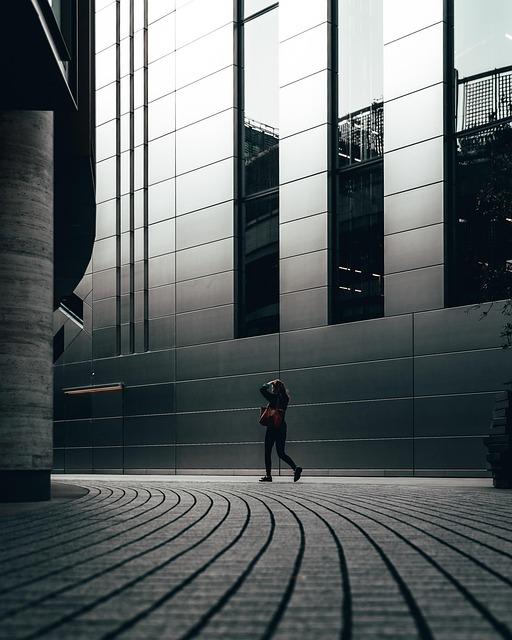
Utilizing leading lines to enhance your landscape photos
When it comes to capturing stunning landscape photos, one technique that can truly make your images stand out is utilizing leading lines. Leading lines are a powerful compositional tool that can help guide the viewer’s eye through your photo, creating a sense of depth and drawing attention to key elements in the scene.
By incorporating leading lines into your landscape photos, you can create a more dynamic and visually interesting composition. Whether you are shooting a vast mountain range, a serene lake, or a bustling cityscape, leading lines can help add structure and direction to your images.
There are many different types of leading lines that you can use in your landscape photography. From roads and pathways to rivers and fences, the possibilities are endless. Experiment with different types of leading lines to see which ones work best for the scene you are capturing.
One important thing to keep in mind when using leading lines is to pay attention to the placement and direction of the lines in your frame. By positioning the lines strategically, you can create a sense of movement and flow in your image, leading the viewer’s eye through the scene in a visually engaging way.
Mastering the art of capturing landscapes with leading lines takes practice and experimentation. Don’t be afraid to get creative and try out different angles and compositions to see what works best for each specific location. With some patience and perseverance, you can take your landscape photography to the next level by incorporating leading lines into your compositions.
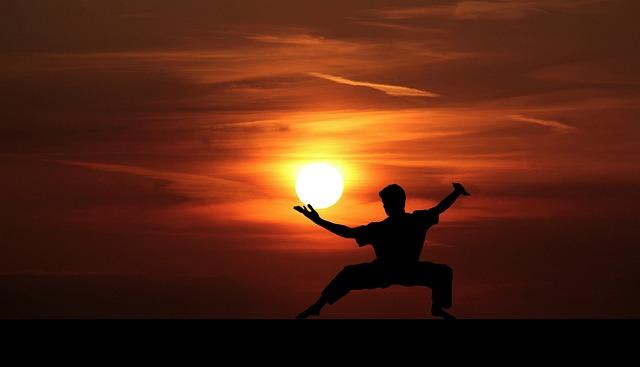
Mastering the art of post-processing for stunning landscapes
One essential aspect of landscape photography is mastering the art of post-processing. This skill can take your images from good to stunning, enhancing the natural beauty of the landscapes you capture. Here are some tips to help you elevate your post-processing techniques:
1. Start with a strong foundation: Before you dive into post-processing, make sure you have a well-composed and properly exposed image. This will provide you with a solid base to work with and allow you to enhance the existing beauty of the landscape.
2. Use layers and masks: Utilize layers and masks in your editing software to make targeted adjustments to different areas of your image. This will allow you to fine-tune your edits and bring out the details in both the foreground and background of the landscape.
3. Pay attention to color and contrast: Enhancing the colors and contrast in your landscape images can make them pop and draw the viewer’s eye. Experiment with different color grading techniques and adjust the contrast to create a more dynamic and visually appealing final image.
4. Remove distractions: When processing your landscape photos, be mindful of any distractions in the frame that may take away from the beauty of the scene. Use tools like the clone stamp or healing brush to remove unwanted elements and ensure that the focus remains on the landscape itself.
5. Practice and experiment: The key to mastering post-processing for landscapes is practice and experimentation. Take the time to play around with different editing techniques, presets, and tools to develop your own unique style and create stunning landscape images that stand out.

Capturing the beauty of landscapes in different seasons and weather conditions
When it comes to , there are a few key photography tips to keep in mind. Whether you’re shooting a snowy winter scene or a blooming spring landscape, mastering the art of landscape photography requires patience, creativity, and technical skill.
One important tip is to consider the lighting conditions when photographing landscapes. The quality of light can make a big difference in the final image, so it’s important to pay attention to the time of day and weather conditions. For example, soft, diffused light on a cloudy day can create a dreamy, atmospheric effect, while harsh midday sunlight can lead to overexposed or shadowy images. **Experiment with different lighting conditions to see what works best for the landscape you’re capturing.**
Composition is another key element to consider when photographing landscapes. **Try to include elements that lead the viewer’s eye through the scene, such as leading lines, foreground interest, or points of visual interest.** Don’t be afraid to get creative with your composition – sometimes breaking the rules can lead to a more compelling image.
When capturing landscapes in different seasons, it’s important to be prepared for changing weather conditions. **Pack appropriate gear, such as waterproof clothing, camera covers, and a sturdy tripod to keep your camera stable in windy conditions.** Be patient and be willing to wait for the perfect moment to capture the landscape in its full glory.
Lastly, post-processing can play a major role in enhancing the beauty of landscapes in different seasons and weather conditions. Use editing software to adjust the exposure, contrast, colors, and sharpness of your images to bring out the best in your photographs. **Experiment with different editing techniques to find a style that complements the landscape you’re capturing.**
Q&A
Q: Why is landscape photography considered an art form?
A: Landscape photography is considered an art form because it requires skill, creativity, and a deep understanding of composition to capture the beauty and emotion of natural landscapes.
Q: What are some essential tips for capturing stunning landscapes?
A: Some essential tips for capturing stunning landscapes include understanding the golden hour, using leading lines to create depth, experimenting with different perspectives, and paying attention to light and shadow.
Q: How important is post-processing in landscape photography?
A: Post-processing plays a crucial role in landscape photography as it allows photographers to enhance colors, contrast, and details, as well as correct any imperfections in the final image.
Q: How can photographers master the art of composition in landscape photography?
A: Photographers can master the art of composition in landscape photography by following the rule of thirds, considering the foreground, midground, and background of the scene, and experimenting with different framing techniques.
Q: What are some common mistakes to avoid in landscape photography?
A: Some common mistakes to avoid in landscape photography include over-editing images, ignoring the impact of weather and lighting conditions, and failing to scout locations beforehand.
Concluding Remarks
In conclusion, mastering the art of capturing landscapes requires patience, creativity, and technical skill. By utilizing the photography tips outlined in this article, photographers can elevate their landscape shots to new heights and create stunning visuals that convey the beauty and essence of the natural world. With practice and dedication, any photographer can become a master in capturing awe-inspiring landscapes. So go out, explore, and let your creativity shine through your lens. Happy shooting!
GoogleAds



